Exploring the Versatility of Plastic Mannequins
The realm of retail display has long embraced the plastic mannequin as a staple for showcasing apparel. These mannequins, crafted from durable materials, serve as three-dimensional canvases for a myriad of clothing styles. The plastic mannequin torso and plastic mannequin half body variants offer flexibility in displaying upper body wear, while full-body forms present a comprehensive view of ensembles.
Types and Applications of Plastic Mannequins
From the sleek plastic female mannequin to the robust male plastic mannequins, these figures cater to a diverse range of garments. The half-body models are particularly useful for highlighting tops and accessories, whereas the plastic mannequin full body forms are ideal for displaying complete outfits. Specialty forms such as the plastic mannequin head and plastic wig head are indispensable for accessories like hats and wigs.
Features and Design Considerations
Design intricacies of mannequins include a spectrum of colors and finishes, from transparent to solid hues, allowing for a tailored approach to visual merchandising. The adaptability of these mannequins is further enhanced by adjustable limbs, facilitating dynamic and realistic poses. Mannequins with detachable parts, such as the plastic mannequin leg or arms, provide additional versatility for various display needs.
Material Composition and Sustainability
The construction of mannequins involves a blend of plastics and other materials, ensuring durability and stability. The choice of plastic, often recyclable, reflects a consideration for environmental impact, aligning with contemporary sustainability efforts. The robust nature of these mannequins ensures longevity, reducing the need for frequent replacements and contributing to a more sustainable retail environment.
Choosing the Right Mannequin
Selecting the appropriate mannequin involves considering the type of clothing to be displayed. For instance, a plastic dummy for clothes is suitable for general apparel, while a plastic dress form is ideal for tailoring and dressmaking. The plastic body form is a versatile option for various clothing types, from casual to formal wear.
Conclusion
Plastic mannequins serve as essential tools in the retail industry, offering a practical and effective means of garment presentation. Their diverse forms, from torso to full-body, accommodate a wide range of display requirements. By selecting the appropriate style and type, retailers can enhance the visual appeal of their merchandise and create engaging displays that attract and retain customer interest.




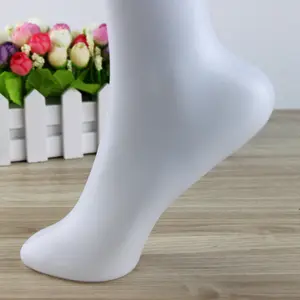





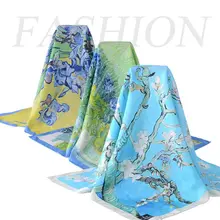
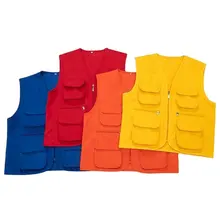
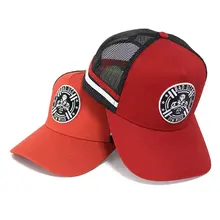
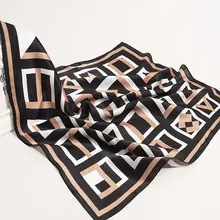





























 浙公网安备 33010002000092号
浙公网安备 33010002000092号 浙B2-20120091-4
浙B2-20120091-4